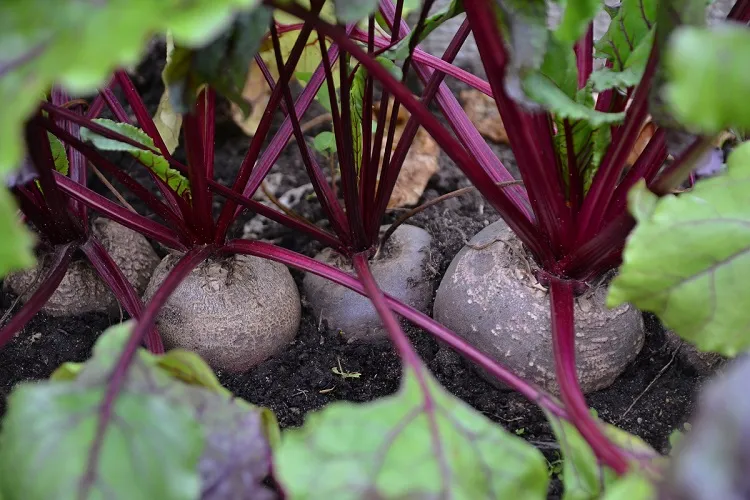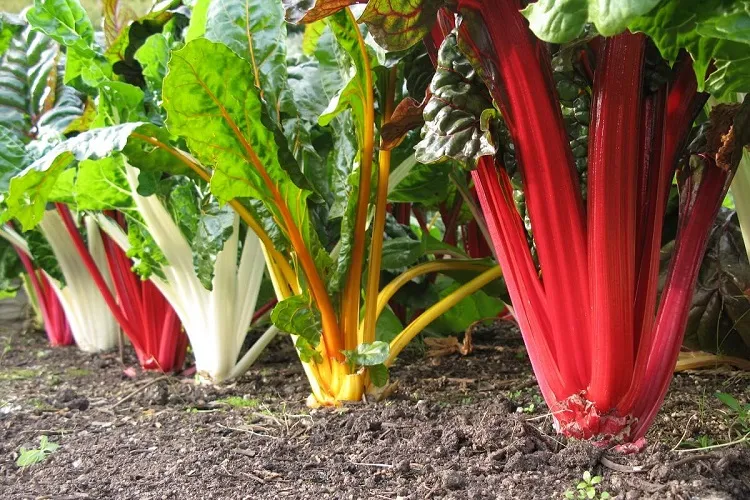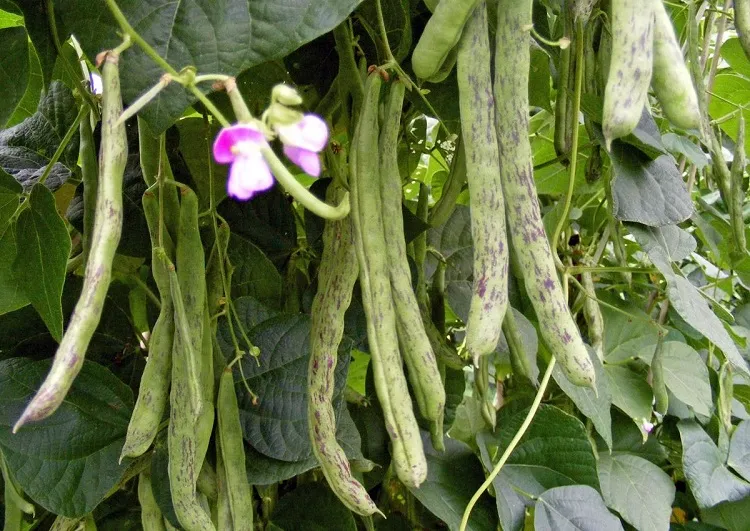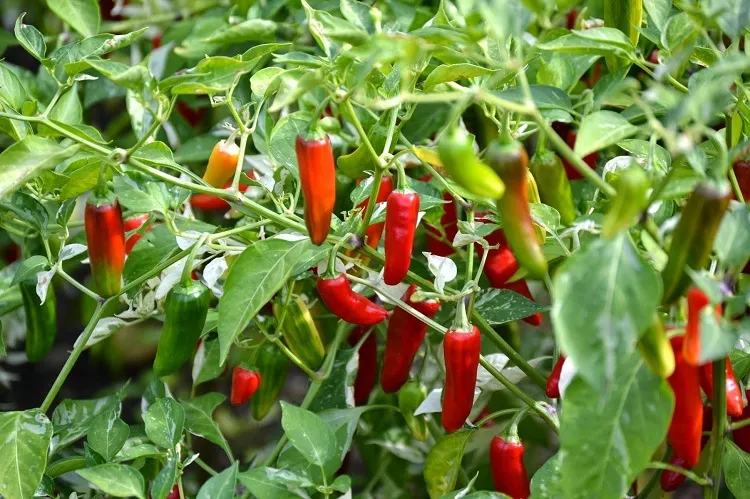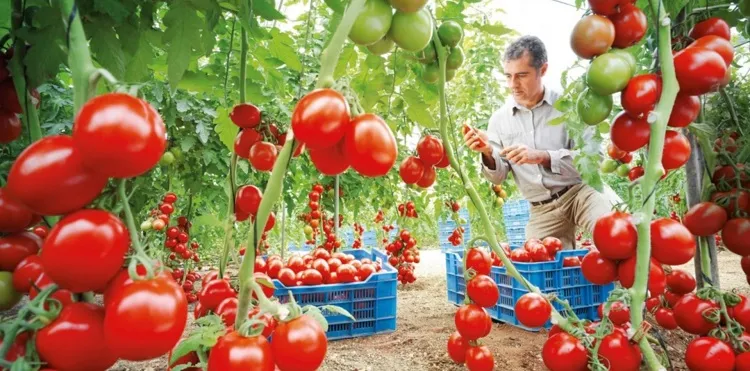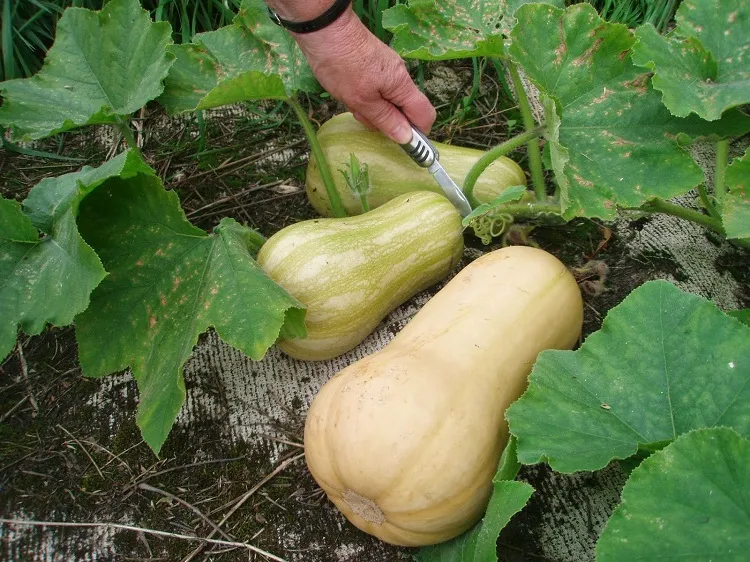Many people live in dry regions and wonder what to saw in their gardens where the rainfalls are so rare and they have difficulties with watering their plants. Fortunately, a right approach can be found even in these cases, and they may have their green areas full of yield. Creating a drought-resistant vegetable garden is a wise approach to ensure a bountiful harvest, even during periods of water scarcity. By selecting the right plants and with proper care, you can establish a rich green “oasis”. Read this article to find what are the most enduring varieties that can survive with scarce water.
What to Sow in a Drought Resistant Vegetable Garden?
The better choice for your garden is to sow some native or adapted varieties. You may opt for vegetables, which are known and grown in your region or are well adapted to local climates. These plants have evolved to withstand drought conditions and will require less water. Consult with local agricultural extension offices to identify suitable varieties for your area.
What Vegetables are the Most Drought Tolerant?
Incorporating sustainable in dry conditions plants in your drought resistant vegetable garden, you can create a fruitful area, even in scarce in water environment.
Leafy Greens
- Spinach, arugula, and lettuce: They are not only rich in nutrients, but also well-suited leafy greens for drought-resistant gardens.
- Swiss chard, kale, and collard greens: All of these have deep root systems that help them access moisture from lower soil layers. Swiss chard is particularly resilient in drought conditions. Its sturdy leaves and thick stems help to retain moisture, allowing it to thrive even when water is limited.
- Malabar spinach and amaranth: Planting these heat-tolerant leafy greens in your drought resistant vegetable garden can provide a continuous harvest throughout the hot summer months without excessive watering.
Root Vegetables
- Carrots: These root vegetables, especially varieties like “Nantes” and “Danvers”, have the ability to grow long taproots that access deeper soil layers where moisture is more abundant. This enables them to survive and produce quality roots, which store water, saved for the periods of drought.
- Radishes: Their varieties, such as “French Breakfast” or “Watermelon”, have a relatively short growing season and can be harvested early. This makes them suitable for your drought resistant vegetable garden, where water availability is limited.
- Beets: These vegetables are another excellent choice for drought-resistant gardens. They have deep roots that allow them to take water from lower soil layers, making them resilient during dry periods.
Legumes Thrive in Your Drought Resistant Vegetable Garden
- Chickpeas and lentils: They are drought-tolerant legumes, which have a remarkable ability to fix nitrogen from the atmosphere, enriching the soil, without relying heavily on fertilizers. This ability not only reduces water requirements, but also promotes sustainable gardening practices.
- Pole beans: Their varieties, like “Kentucky Wonder” or “Scarlet Runner” have extensive root systems, which aid them in drought resistance. The vines of pole beans provide shade to the soil, reducing evaporation and conserving moisture.
- Peas: Both varieties, snow peas and sugar snap peas, are relatively adaptable to dry conditions. Planting them in early spring or late fall when temperatures are cooler can help mitigate the impact of water scarcity.
Peppers
- Hot peppers: Both of the types, jalapenos or habaneros, are known for their heat tolerance and ability to thrive in the conditions of a drought resistant vegetable garden with an arid environment. Their compact and deep root systems allow them to conserve moisture while still producing fruits.
- Sweet peppers: Bell peppers, or Italian frying peppers varieties, have good drought resistance qualities, once established. They can endure dry periods without compromising their fruit quality.
- Chili peppers and cayenne peppers: These types, with smaller-sized fruits, can be advantageous in gardening in dry conditions, as they require less water to produce a flavorful harvest.
Tomatoes
Although tomatoes require consistent watering during their growing season, certain varieties are more drought-tolerant than others. Look for “dry-farming” or “drought-resistant” tomatoes, which have been specifically bred to withstand water scarcity while still producing quality fruits.
- Determinate tomatoes: Their varieties, such as “Roma” or “Celebrity”, are generally more drought-tolerant compared to indeterminate types. These compact plants mature earlier, allowing them to set fruit before the hottest and driest periods of the year.
- Cherry tomatoes: Types like “Sun Gold” or “Sweet 100” are often more tolerant of dry conditions due to their smaller size and ability to produce abundant clusters of fruits. They require less water compared to larger varieties.
- Drought-resistant tomatoes: Choose cultivars like “Solar Fire” or “Drought Master”, which are specifically bred to thrive in water-limited environments.
Squash is Ideal for Your Drought Resistant Vegetable Garden
- Summer squash: zucchini and yellow squash, are suitable for your drought resistant vegetable garden. These fast-growing plants are adaptable and can produce bountiful yields with less water. Their root systems efficiently extract available moisture from the soil.
- Butternut squash: This is a winter squash, which has good drought tolerance once established. Its thick skin and compact size make it an excellent choice for dry regions.
- Spaghetti squash: This versatile squash variety produces long fruits. The type is well known for its ability to withstand dry conditions.

